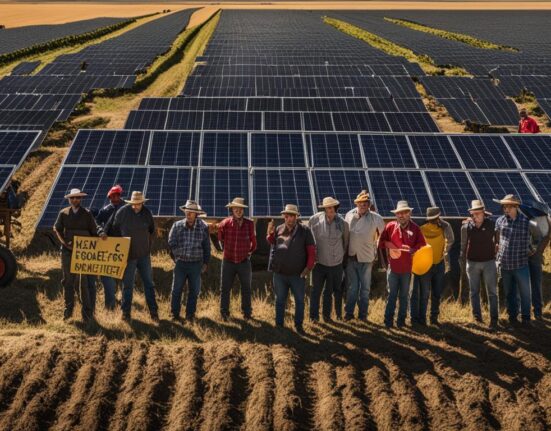The oil and gas industry is bracing for significant changes ahead, with forecasts indicating a reduction of over 2,000 jobs by 2030. The Engineering Construction Industry Training Board (ECITB) has highlighted a looming 7% drop in the UK’s oil and gas workforce over the next five years. This projection comes as part of their Labor Forecasting Tool (LFT), predicting a decline in headcount to 32,000 by the end of the decade.
Andrew Hockey, CEO of ECITB, emphasized the challenges facing the sector, stating,
“The updates to the LFT reinforce the scale of the challenges facing oil and gas that were outlined by the tool.”
The ongoing shift towards cleaner energy sources and declining production levels are key factors contributing to this workforce reduction.
As concerns grow over job losses in the sector, efforts are being made to support workers through this transition period. Professor Paul de Leeuw from Robert Gordon University called for a comprehensive government-led industrial strategy to manage this shift effectively. He stressed the importance of balancing clean energy expansion with job creation in sectors like renewables, hydrogen, carbon capture, and nuclear power.
Hockey underlined the necessity for retraining and upskilling workers for emerging industries essential for meeting net-zero commitments:
“This further highlights the importance of transitioning the oil and gas workforce into sectors that will be key to meeting…net-zero commitments.”
Despite these initiatives, challenges persist within the industry. With an aging workforce predominantly composed of individuals above 60 years old accounting for 18% of employees – a significant increase since previous reports – there is growing concern about succession planning. Younger workers make up only 12% of the industry compared to 17% across other sectors within engineering and construction.
To address these pressing issues, collaboration among various stakeholders is crucial. Hockey stressed on a collective effort involving employers, governments, training providers along with ECITB intervention:
“We’re calling on industry to work together…to help increase…the pool of people joining [the industry].”
In response to these demands for change and adaptation amidst declining job opportunities in traditional sectors like oil and gas – initiatives such as cross-sector training programs have been initiated. These programs aim at bridging skills gaps between industries; exemplifying efforts towards building a more versatile workforce prepared for future demands.
Hockey concluded optimistically by highlighting how investing in skills development could ensure a sustainable future for both current and upcoming generations in these evolving industries:
“By investing in…the workforce [the industry] has …a fighting chance.”
The landscape is indeed shifting rapidly within the oil and gas sector as it navigates through turbulent times towards a greener future while ensuring employment stability during this transformative journey.









Leave feedback about this